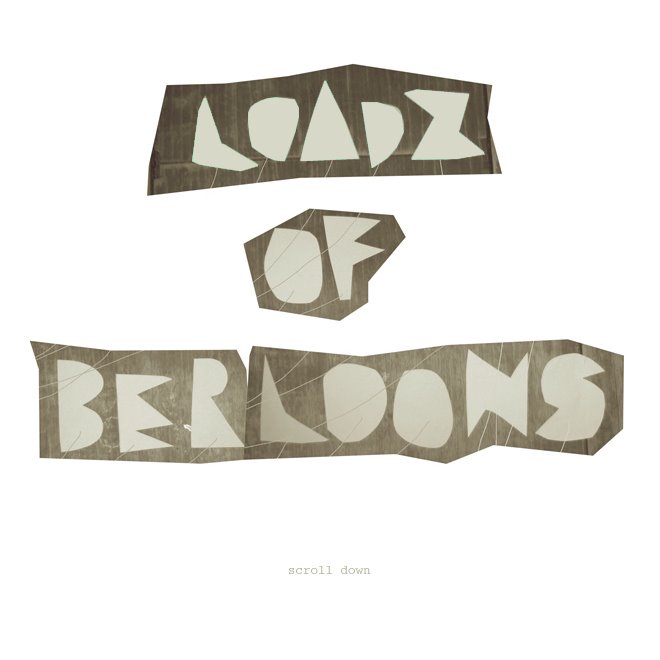
Nina Francisca Morgenstern
Erwarteraum
Rauminstallation
Bucheinschlagfolie, Raufasertapete, Silber-Lasur, Holz
<<
Nina Francisca Morgenstern
Oczekiwalnia
Instalacja przestrzenna
Folia do okładania książek, tapeta typu Raufaser, srebrna glazura, drewno
Interview transcript (extract)
(2:35:23)
M: but the shelf, what does this shelf suggest?
N: I think... mean it was just a thought... it suggests...mean it is a formal decision with the leveling of the space, and it’s like a cut in it. It’s sort of imitating or reflecting something, let it be this line of white and think would like to push this a little. But also it does have a presentational function. ...
M: but this space was also - the idea you were talking about in the beginning - this sort of waiting thing, and aähm... yeah, it does already exist here, because it is awaiting something. But in the moment of that opening it is going to be finalized, because there is no more waiting: this is the opening...
How do you explain... how do you communicate this to the viewer so they understand?
N: no, but don’t agree... I’m not trying to communicate “this”. It’s a kind of question of a space and the things it carries - formally. The things it communicates, what it sort of contains: as a space. That might be understood in one-way or another. think you can formally agree on certain things ... So I'm thinking more on that level, rather than: I'm making something into something. I'm not transforming. That’s what don’t really understand.
M: but before you were stressing the point of awaiting something.
N: anticipation...
M: yeah. And now it shifts more towards this space as a space.
N: hmm. Ok. But if you have a waiting space, at the doctors for example, anticipating the consultation with the doctor. After the consultation you don’t go back to the space. But the space is still a waiting space...
M: well, there is another person waiting there.
N: what thought would be interesting, to use this space in the sense that it is anticipating the exhibition and event, so it’s kind of a parallel to the preparation. That the whole exhibition space is: We can work in the space from now on. It already has that quality of anticipation. The whole space is anticipating something now that will be determined now. But what I’m trying to suggest is that would like to work with the space so that it still contains this sense of anticipation throughout the exhibition [...]. And then I'm thinking: sitting spaces for instance do have that. And then I'm thinking how much do we actually work with the space, how much can we contain. ... acknowledge the manipulative influence on the space, but at the same time I’m thinking about what kind of characteristics things could already have? ...
M: then you are working with the space as a form. And you are changing it slightly; the way you marked it on the walls, the way you put the shelf. You work with it so it becomes a material; you kind of sculpture it. (That’s a bit to easy word to say.) And than this to me... is... is, to do this, it doesn’t really go... with, for me, with this ...
N: ...anticipation. It can’t go with that?
M: it doesn’t really go with that, because... ähm, ok, maybe like this: anticipation for me, the way understand it and can’t understand it in any other way... (laughs. hysterical) ...it’s a feeling, it’s a certain type of emotion, it’s something that is not physical, it’s something more in terms of the atmosphere or the performance that is happening. So it’s not about the physicality of the space, it doesn’t matter how that space looks like. (N: But that’s exactly where don’t agree) mean very often it’s more like... It’s more about its attachment to another thing, it’s attached to a doctors place, it’s attached to the gallery event, that is going to happen, it’s attached to an artist, it’s attached to... yeah and so changing its form, like this... it’s kind of... it’s this physical intervention, and don’t know, just this anticipation thing.




























